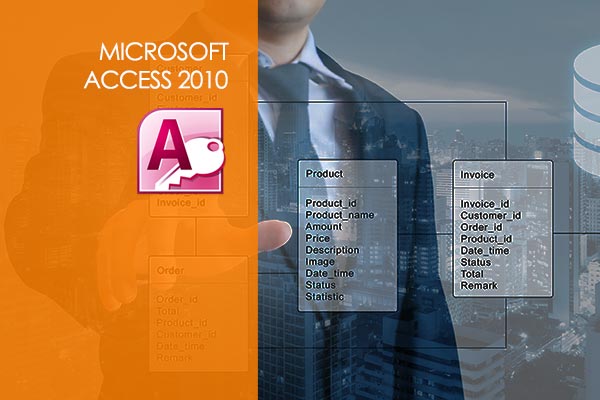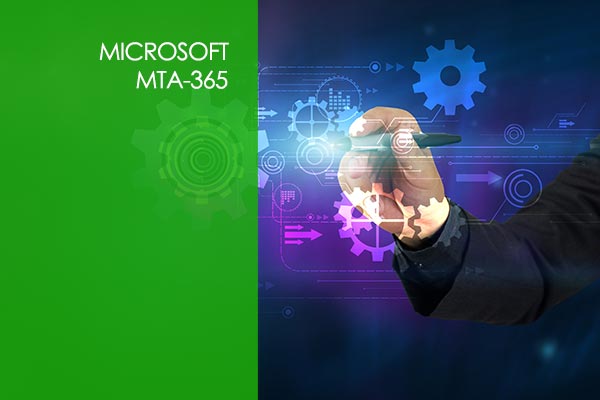CompTIA Network+ N10-008
Gain knowledge for on-the-job IT skills and information to pass the CompTIA Network+ N10-008 certification exam. This course teaches the skills required to implement enterprise-level wired and wireless network solutions, identify and troubleshoot network performance issues and harden networks against threats to mitigate security vulnerabilities.
$49.99
Description
CompTIA Network+ N10-008 exam: Show Proof You Are Qualified
CompTIA Network+ teaches technical skills for students to develop a career in IT and network infrastructure covering troubleshooting, configuring, and network performance monitoring. Online IT course covers all exam (N10-008) objectives and additional topics that provide background and context for network operations. Activities and practice exam questions are presented throughout the course. The instructor also gives you outlines exam,, workbooks, lab set up, study guide,, and more! CompTIA certification is one of the most recognized IT based certifications recognized around the world.
The CompTIA Network+ ( Plus ) N10-008 exam training provides students with core skills needed to function in a career in IT infrastructure and managing networks.
Network Plus certification exam provided by CompTIA is a globally recognized certification for IT professionals. It creates the foundation needed to specialize in a vendor solution. The office exam id is N10-008.
As a Certified Network plus professional, you will have the broad knowledge and practical skills required to implement enterprise-level wired and wireless network solutions, identify and troubleshoot network performance issues and harden networks against threats to mitigate security vulnerabilities with various Network technologies and Hardening Techniques. Your career role will typically include hands-on skills designing and implementing networks and troubleshooting problems . You will gain skills in critical security and networking concepts and, topologies and types, configuring and troubleshooting routers, bandwidth management concepts, cloud redundancy concepts, ensuring availability of networking concepts, disaster recovery concepts, and so much more.
Network+ N10-008 Exam Objectives
Per CompTIA, the following N10-008 exam objectives have been established for the Network+ certification exams:
The CompTIA Network+ certification exam and N10-008 exam will verify the successful candidate has the knowledge and skills required to assess the security posture of an enterprise environment and recommend and implement appropriate security solutions; monitor and secure hybrid environments, including cloud, mobile, and IoT technologies; operate with an awareness of applicable laws and policies, including principles of governance, risk, and compliance; identity, analyze, and respond to security events and incidents.
The exam assesses a candidate’s knowledge of IT and other network operations and infrastructure technologies covering troubleshooting, configuring, and managing networks.
Want to Learn More about CompTIA
Learn more about the CompTIA Network (N10-008) certification by visiting the CompTIA website.
Course Outline
CompTIA Network+ N10-008 Course Content
Your Training Instructor
Chrys Thorsen
Education and Technology Expert
$49.99
Course features:
46 Hrs 25 Min
189 Videos
1 Year Access
Available on Web





